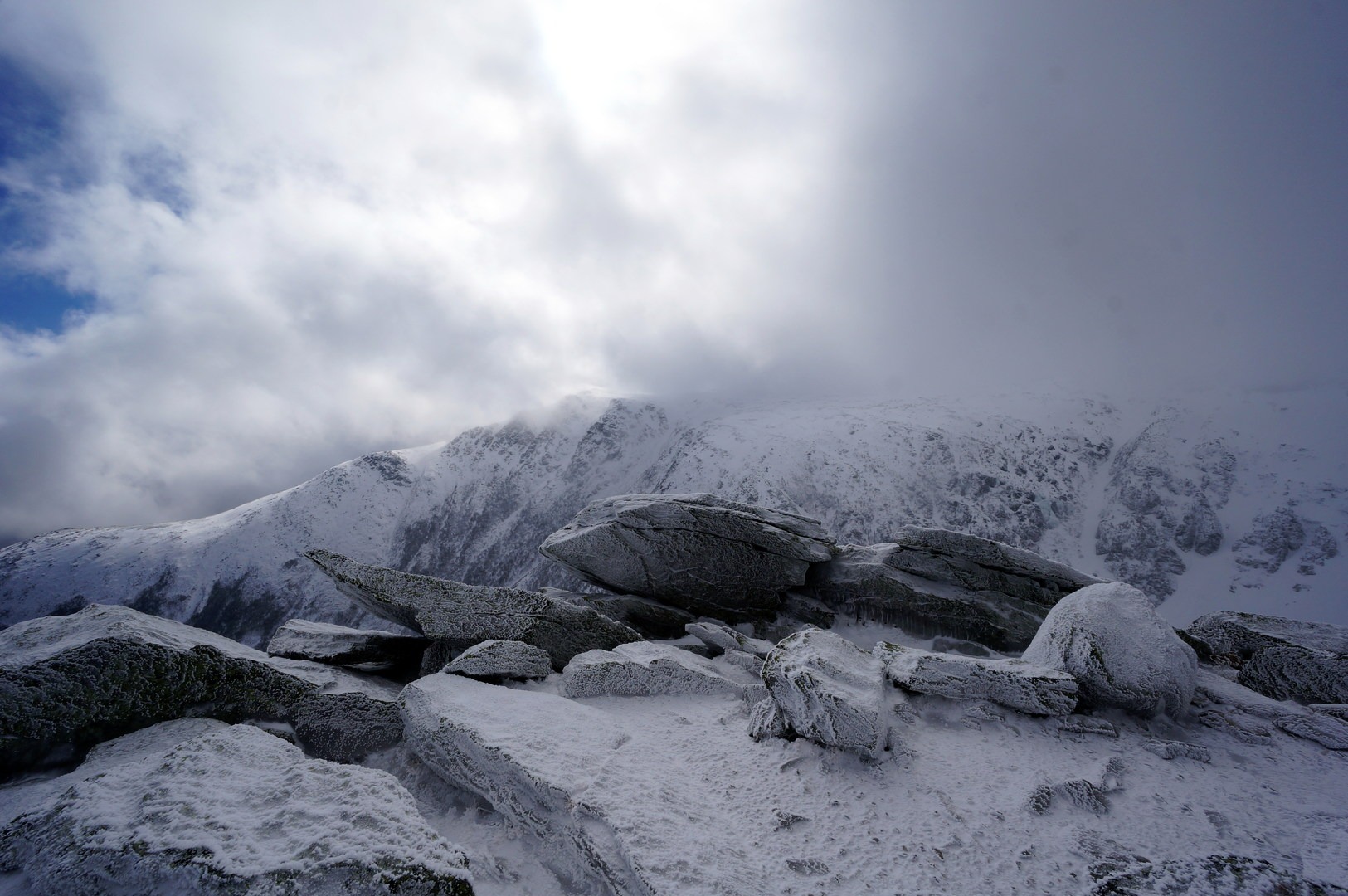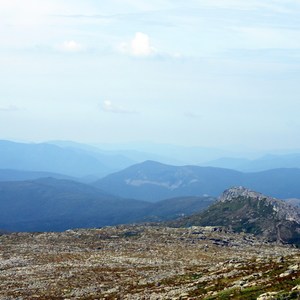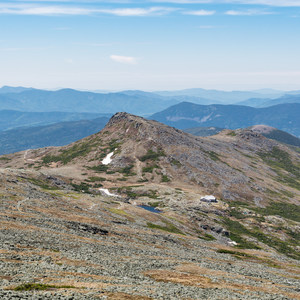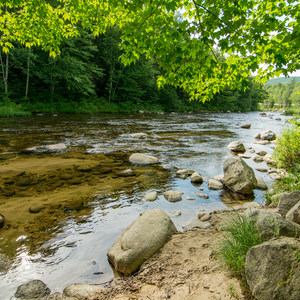At 6,288 feet, Mount Washington is the highest point in New Hampshire and all of New England. And with 6,148 feet of prominence, it is ranked 59th on the list of 126 Ultra Prominent Peaks of the United States. The White Mountains, and Mount Washington in particular, are defined by the glacial activity of the Pleistocene. Certain geological features of the mountains, such as glacial cirques, are typically associated with much higher mountains in much younger ranges like the Rockies or Cascades. Additionally, Mount Washington is considered in many registers as home to the worst weather on earth. Winds rage at hurricane force an average of 110 days a year. A record-holding 231 mph wind was observed on the summit in 1934. The climate above treeline is alpine tundra, but it receives significantly greater precipitation than other such climate zones. The average year-round summit temperature is 26.5 degrees.
The Mount Washington winter ascent is a rite of passage for serious outdoors enthusiasts of New England. The fact that the summit is the site of a visitor center and a weather station and is accessible via the Mount Washington Auto Road during the summer belies the rugged nature of any hike tackling the mountain, let alone the winter ascent. Despite the accessibility of the trailhead and the relatively short length of the hike, it is one that requires serious preparation and good physical and mental conditioning. Over 120 fatalities have occurred on the mountain, and most happen in the winter due to exposure, avalanches and falls. Backpacker Magazine featured this hike in their 2008 article, "America's 10 Most Dangerous Hikes".
You will need expedition gear to safely conquer Mount Washington in the winter. This includes mountaineering boots, crampons and ice axe, as well as a very warm clothing layer system with a balaclava and goggles. Temperatures are often far below zero, and it has dropped to lower than 100 below zero with windchill factor. Exposed skin does not last long in such extreme conditions. You can check the Mount Washington observatory for the current or next-day conditions. Any forecast beyond that is unreliable due to the erratic nature of the mountain weather.
The classic winter ascent starts at Pinkham Notch, where climbers can step out of the cold to gear up for the hike and grab a bite of breakfast or a hot coffee before hitting the trail. The route begins easily enough, following the Tuckerman Ravine Trail for 1.7 miles to a junction with a fire road. Traction devices, such as Kahtoola Microspikes, may make this section of the hike more manageable.
If the winter route is open, a sign will direct you to turn right onto the fire road for about a tenth of a mile. The Lion Head Route then branches left and to the west at a wooden shed with an avalanche rescue cache. Once on Lion Head, find a spot to put on your crampons and take out your ice axe. There is a series of short icy ledges at up to a 75 degree angle where you will put your crampon and ice axe technique to use. After the ledges, continue until you reach treeline.
Before emerging from the trees assess whether you need to put on your outer shell, balaclava and goggles before continuing up the exposed, rocky and often icy trail. It is common for fierce winds to rage along this section, especially from the Lion Head Knob, a rock formation at about 5,000 feet, to just past the intersection with the Alpine Garden Trail. Be aware that you will be traversing the rim of Tuckerman Ravine once past the Lion Head formation. People have been blown into the ravine to their death. After a total of 2.6 miles, the Lion Head Trail rejoins Tuckerman Ravine Trail.
Turn right to follow Tuckerman Ravine Trail due north and up the summit cone for 0.4 miles. Pay close attention to the trail. The tall cairns may be covered in snow or rime ice and difficult to spot. At the summit take a moment to celebrate your accomplishment, then duck into the entryway of the summit visitor center a few yards west of the summit signpost. The building is closed, but you can take a moment in the entryway protected from the howling wind as you prepare for the descent by the same route.
The junction where Tuckerman Ravine Trail connects back with Lion Head at the bottom of the summit cone is easy to miss, so be alert. Consider using a rope to descend the icy ledges near the bottom of Lion Head Trail, especially if any members of the group are novices.
The summer route to the summit of Mount Washington, which climbs Tuckerman Ridge, should not be attempted during the winter due to high risk of avalanche.
Note that water bottles should be wide mouth and insulated. Non-insulated or narrow mouth bottles will freeze.





























Comments
Sign In and share them.